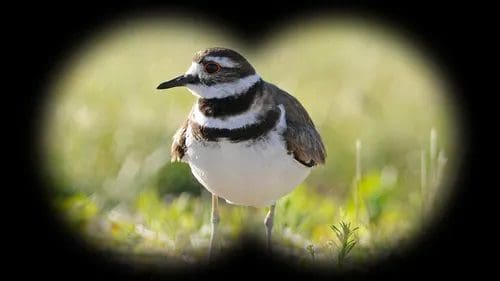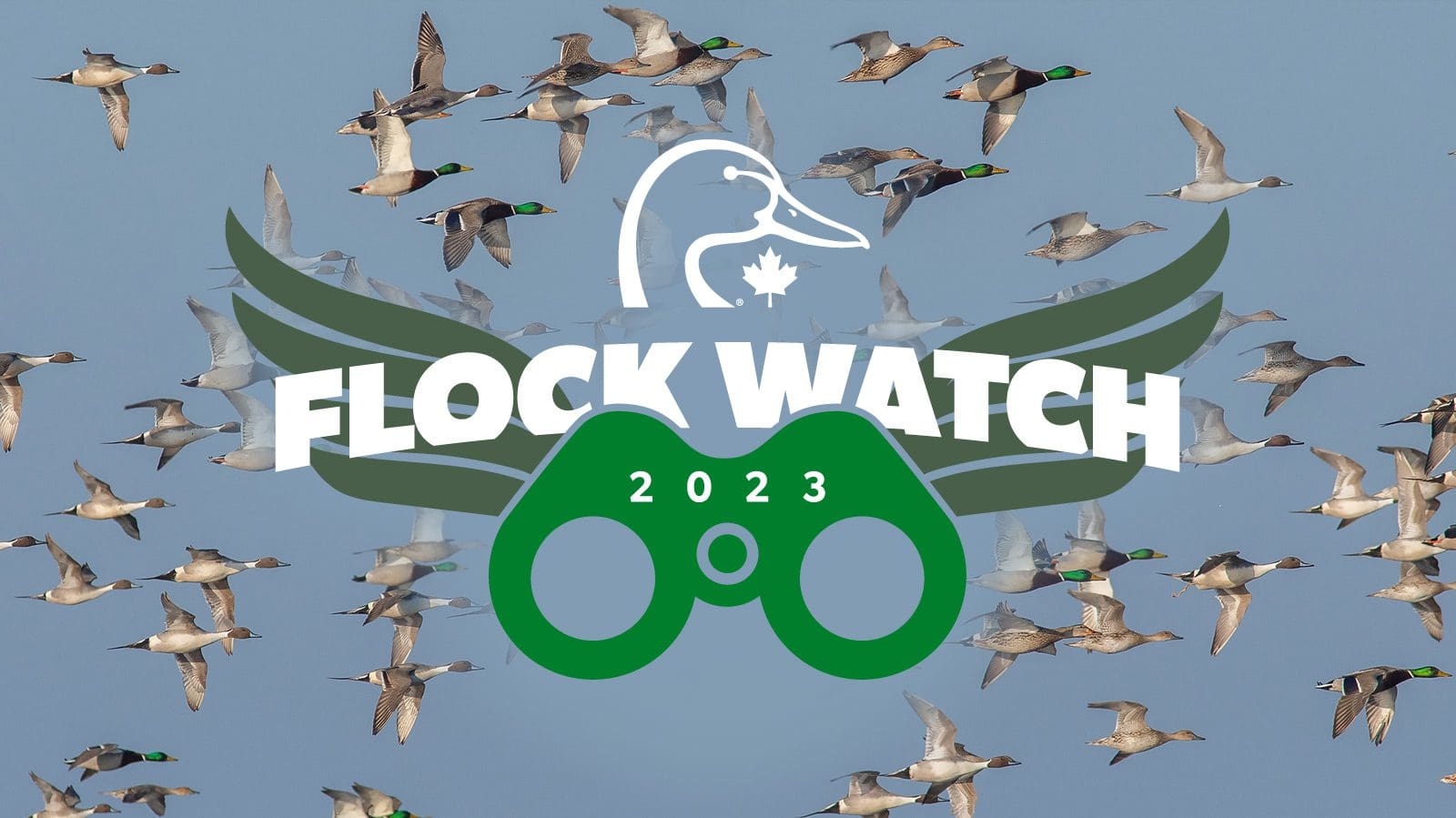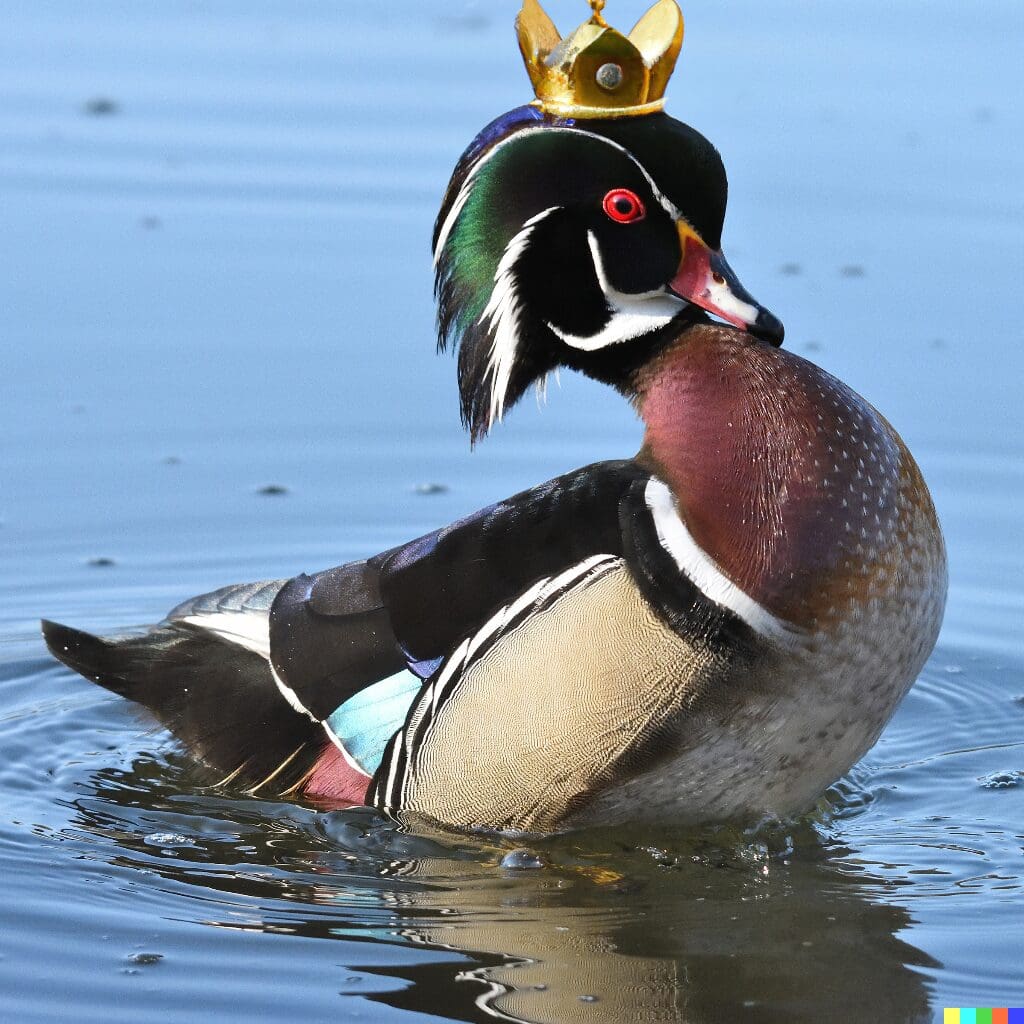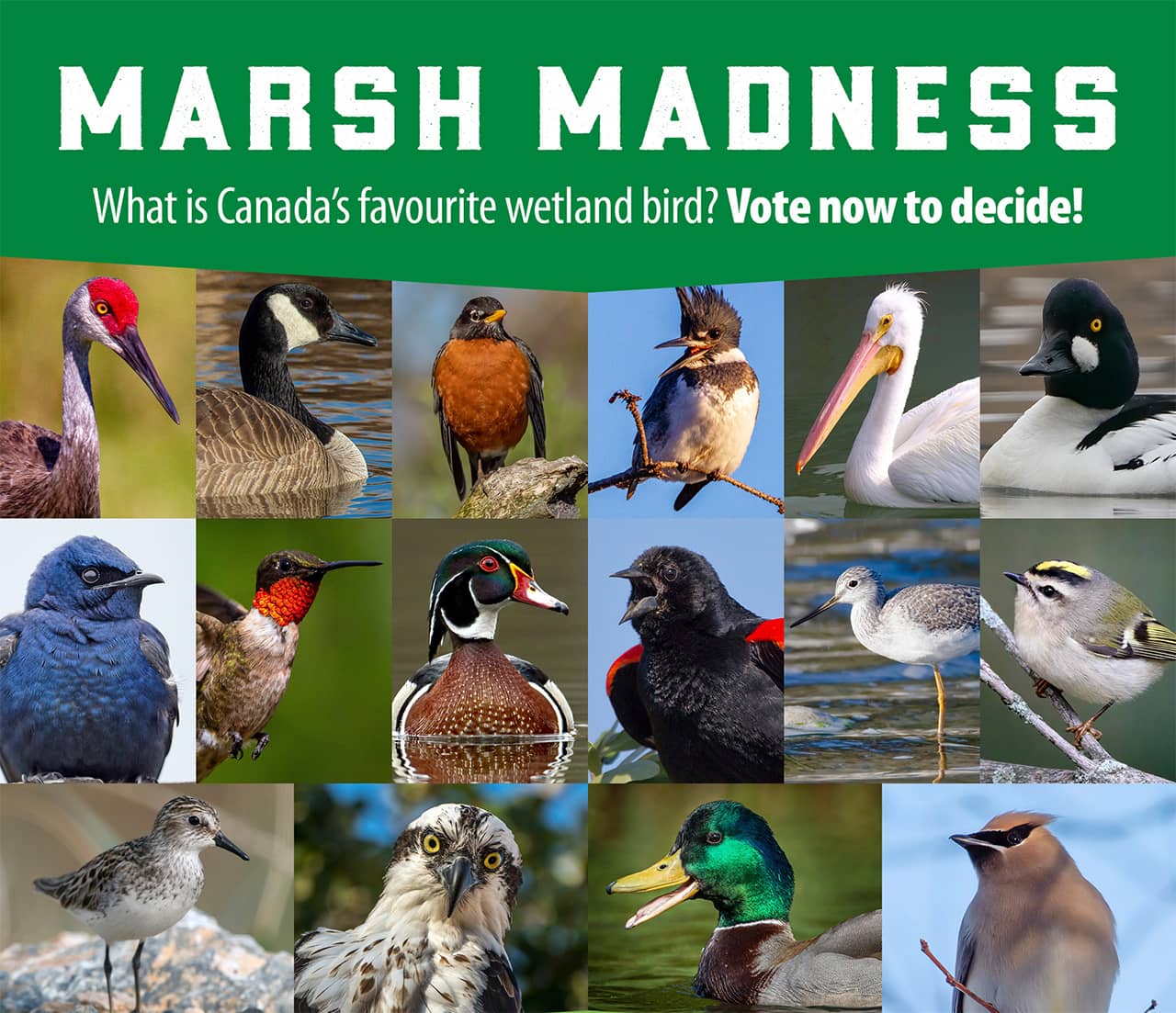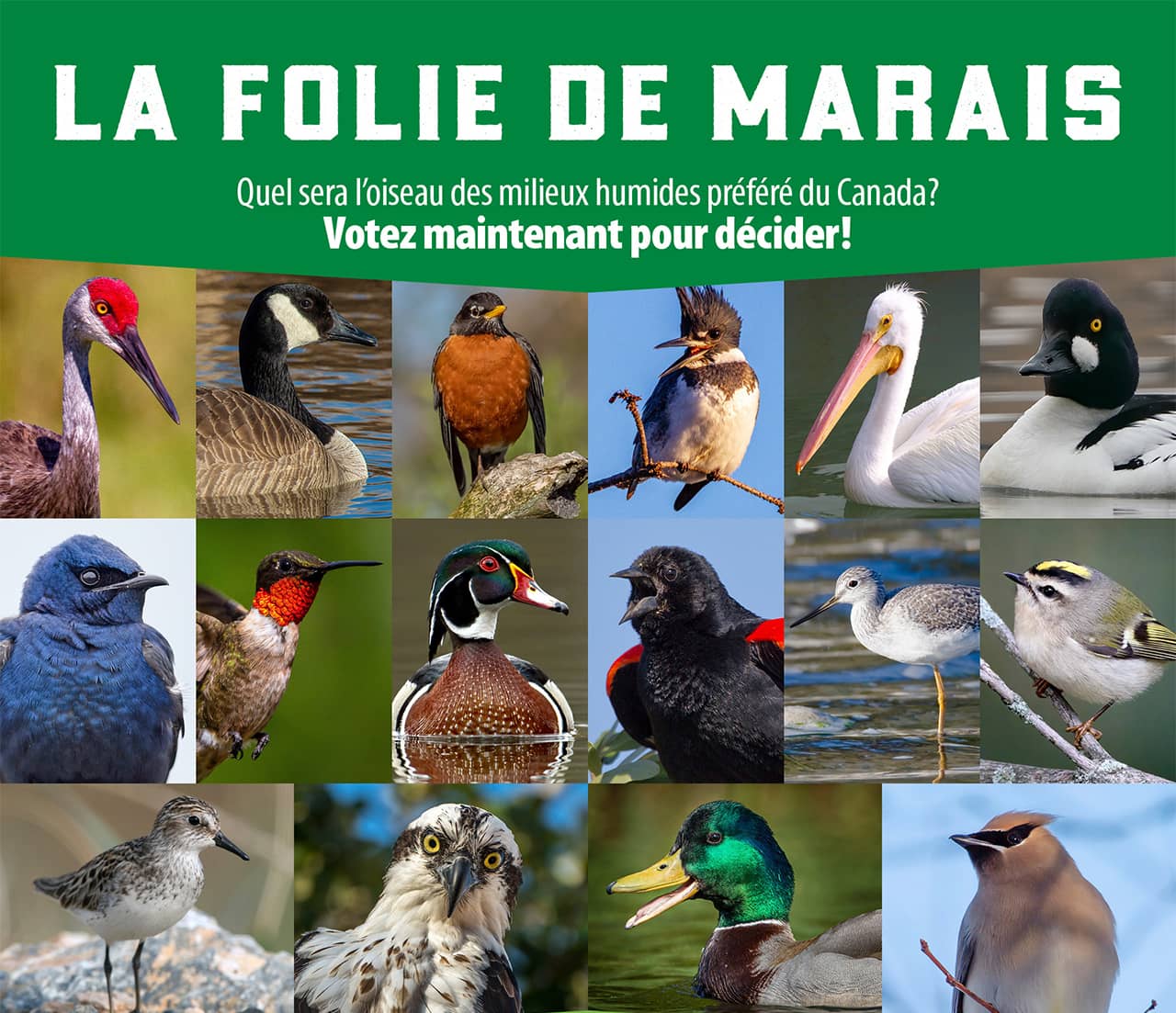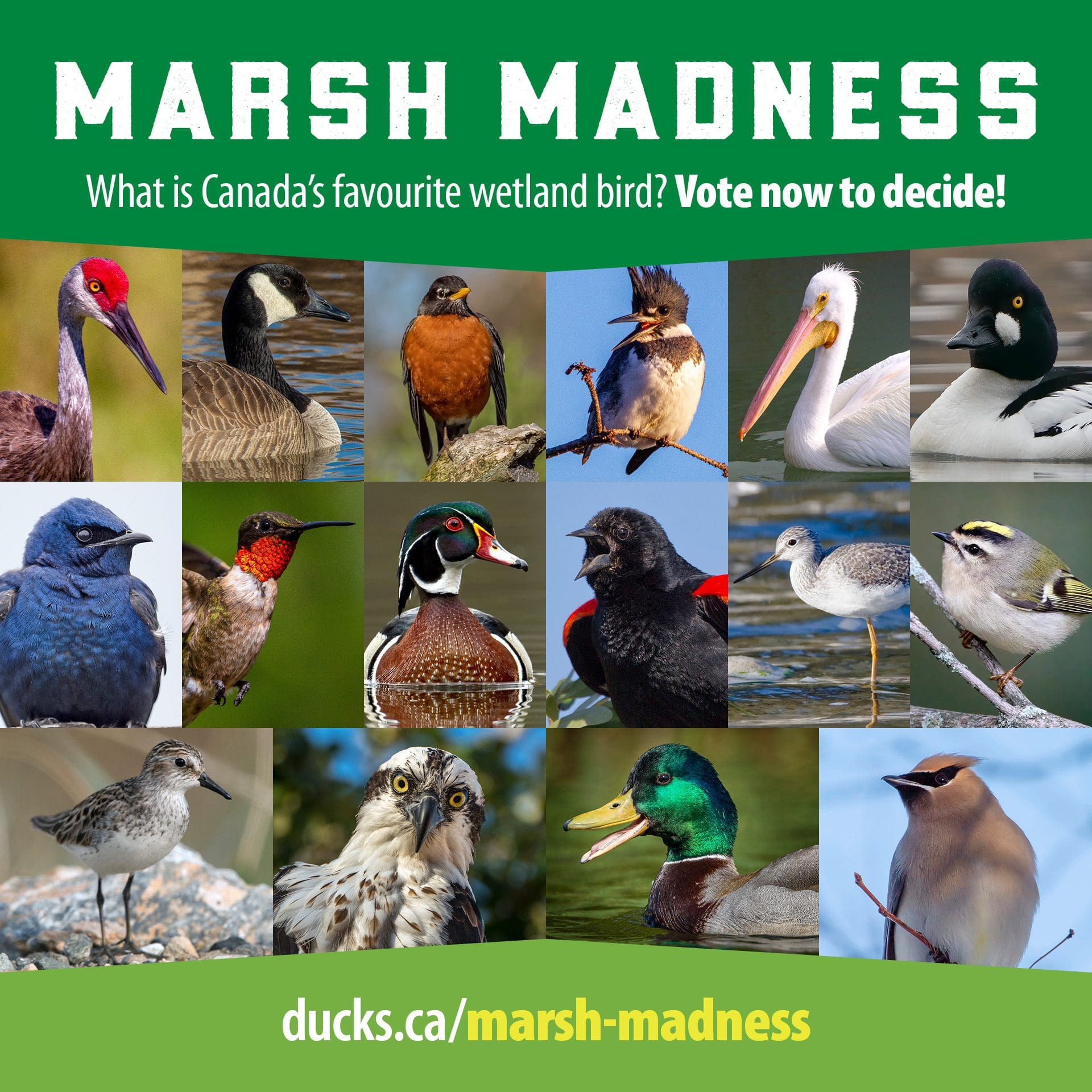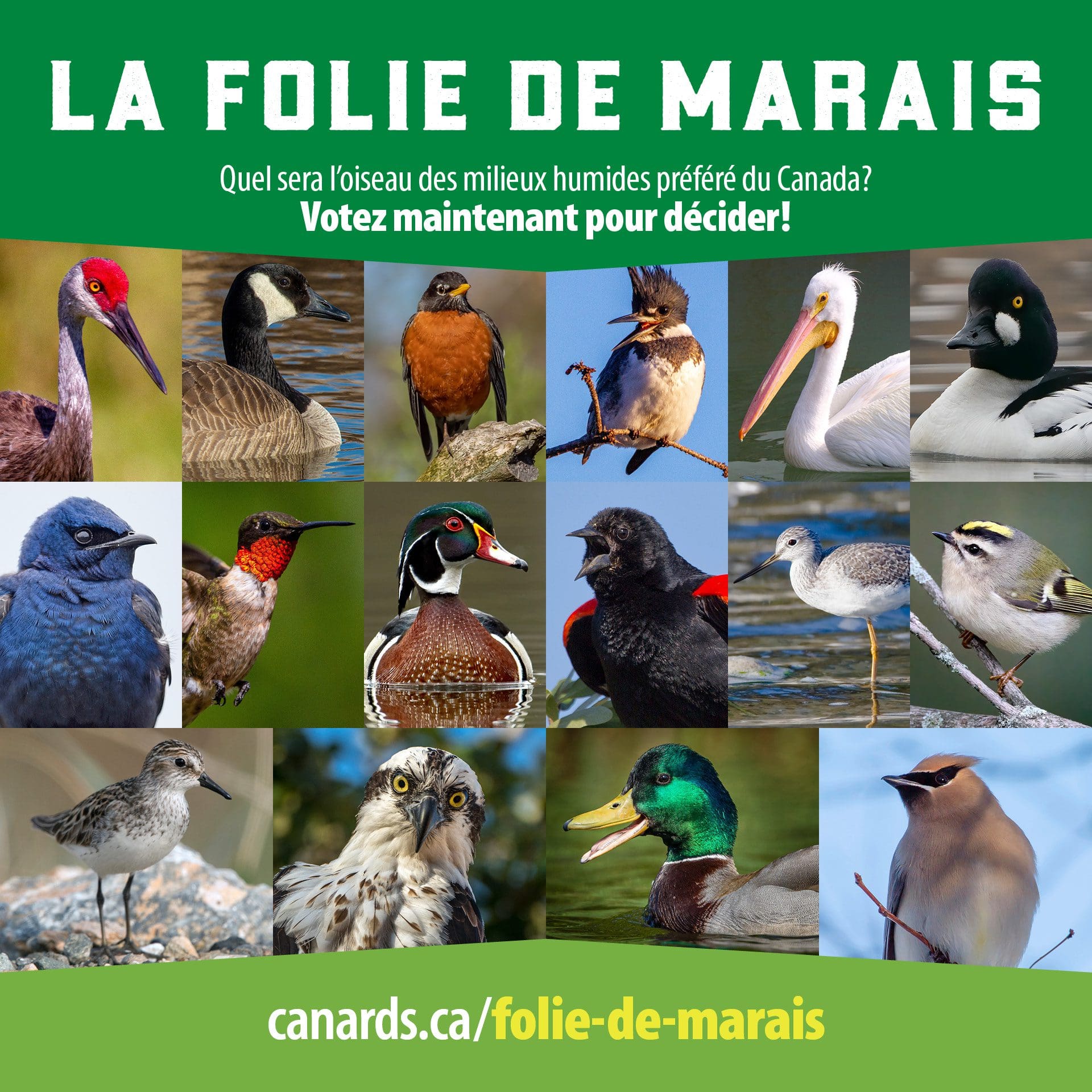Featured observation: Horned grebe

This week's featured observation is a horned grebe, spotted by @johndreynolds in Regina, Saskatchewan
James Paterson from the Institute for Wetland and Waterfowl Research writes:
The Horned Grebe is a species-at-risk, and like many other waterbirds, relies on wetlands with open water and dense vegetation for nesting. Human activities such as draining wetlands has resulted in a decline in suitable habitat. Ducks Unlimited Canada (DUC) has been restoring drained wetlands through a technique called ditch-plugging. A new DUC research project is testing how the many critters and creatures that rely on these habitats are responding to these restored wetlands. We’re using Autonomous Recording Units (ARUs) and camera traps to monitor species in restored and natural (undrained) wetlands. With the ARUs, we were able to record Horned Grebes at a restored wetland in Saskatchewan (click here to listen). The outcomes of this research will help DUC understand the benefits and limitations of wetland restoration in Prairie Canada. In 2022, DUC recorded more than 150 species of birds and 6 species of amphibians using restored wetlands!
World Migratory Bird Day (May 13)
Celebrate World Migratory Bird Day with us by continuing to log your observations right here on iNaturalist!
Or, test your bird knowledge with one of our quizzes:
Test your flight feathers:
Answer five challenging questions on North America’s migratory birds.
Bird nerd or bird brain?
Take our migratory bird quiz to find out!
Project Dragonfly
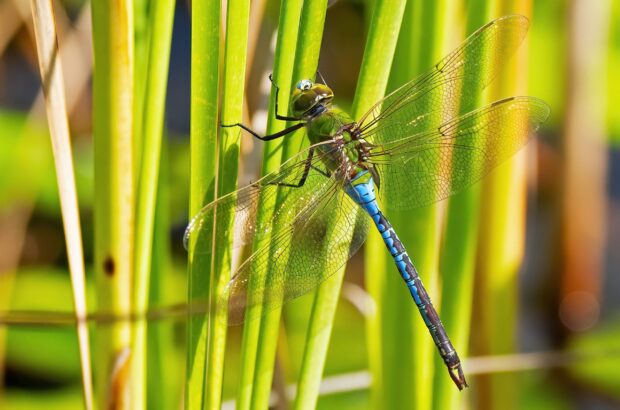
Join our other iNaturalist project, Project Dragonfly to log your dragonfly and damselfly sightings all summer long!
You'll contribute valuable data that can be used for research and help raise awareness for the need for habitat conservation.
Observation en vedette : Grèbe esclavon

L'observation vedette de cette semaine est un Grèbe esclavon, repérée par @johndreynolds à Regina, Saskatchewan
James Paterson de l'Institute for Wetland and Waterfowl Research écrit:
Le grèbe esclavon est une espèce en péril et, comme beaucoup d'autres oiseaux d'eau, il dépend pour sa nidification des milieux humides où l'eau est libre et la végétation dense. Les activités humaines, telles que l'assèchement des milieux humides, ont entraîné une diminution de l'habitat approprié. Canards Illimités Canada (CIC) a restauré des milieux humides asséchés grâce à une technique appelée le creusement de fossés. Un nouveau projet de recherche de CIC vise à déterminer comment les nombreuses créatures qui dépendent de ces habitats réagissent à ces milieux humides restaurés. Nous utilisons des unités d'enregistrement autonomes (UAE) et des pièges photographiques pour surveiller les espèces dans les milieux humides restaurés et naturels (non drainés). Grâce aux unités d'enregistrement autonomes, nous avons pu enregistrer des grèbes esclavons dans un milieu humide restauré en Saskatchewan (cliquez ici pour écouter). Les résultats de cette recherche aideront CIC à comprendre les avantages et les limites de la restauration des milieux humides dans les Prairies. En 2022, CIC a enregistré plus de 150 espèces d'oiseaux et 6 espèces d'amphibiens dans les milieux humides restaurés !
Journée mondiale des oiseaux migrateurs (13 mai)
Celebrez la Journée mondiale des oiseaux migrateurs avec nous en continuant à enregistrer vos observations ici même sur iNaturalist !
Ou bien, testez vos connaissances sur les oiseaux avec l'un de nos quiz :
Faites le point
sur vos connaissances!
Faites notre plus récent jeu-questionnaire, en répondant à ces cinq questions difficiles sur les oiseaux migrateurs nord-américains..
Êtes-vous ornitho-expert ou non?
Pour le savoir, faites notre jeu-questionnaire et répondez à nos huit questions sur les oiseaux migrateurs de l’Amérique du Nord!!
Project Dragonfly

Rejoignez notre autre projet iNaturalist, Projet Libellule pour enregistrer vos observations de libellules et de demoiselles tout au long de l'été !
Vous fournirez des données précieuses qui pourront être utilisées pour la recherche et vous contribuerez à sensibiliser la population à la nécessité de conserver les habitats.

